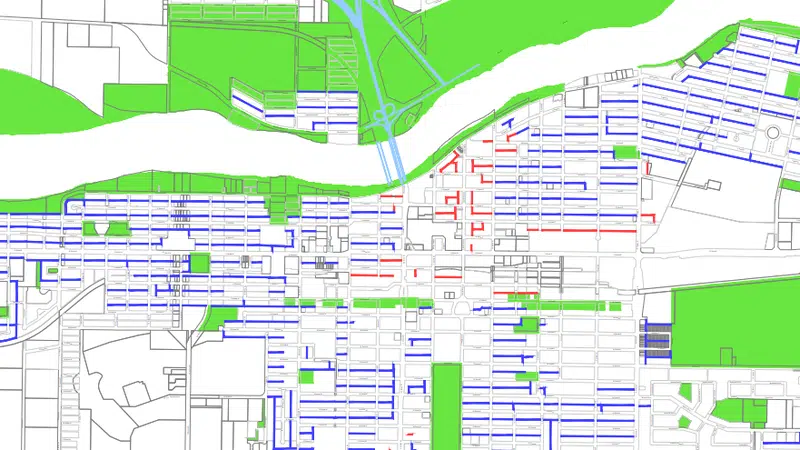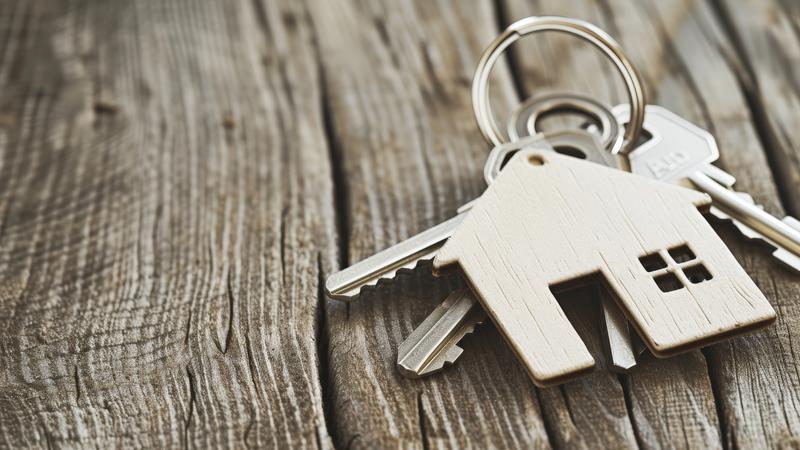
Proposed back alley bylaw cost reduced as next steps discussed
Prince Albert city council has learned that a proposed curfew would be significantly cheaper to implement than initially estimated, but careful consideration and consultation is required going forward.
The potential bylaw, that would allow police to stop, search and ID anyone found in public back alleys or on walkways at night, has been the subject of heated debate since the idea was introduced in August. On Monday night, city administration updated councillors about its cost and next steps in its creation.
Instead of signposting all of P.A.’s 500 walkways and back alleys, city staff now say the same could be accomplished by erecting large signs at city entrances and several smaller signs at key locations throughout Prince Albert. The drastic reduction in signage brings the estimated cost to $20,000, down from $150,000.
Legal considerations were also fleshed out. An existing bylaw that prohibits access to city parks at night could be extended to include public walkways. But restricting access to back alleys will prove more complicated.


